By Anna Zarra Aldrich, CAHNR
The University of Connecticut, in collaboration with researchers in the College of Agriculture, Health and Natural Resources (CAHNR), have established a trademark for improved cultivars of novel, native plant species.
Professor of plant breeding and horticulture Mark Brand and associate professor of horticulture Jessica Lubell-Brand have been developing new cultivars for years, making more attractive and manageable plants for landscaping in Connecticut and areas with similar climates. These plants will be marketed under the NativeStar® trademark.
The NativeStar® trademark is inspired by the fact that all of its plants are native to the northeast region of the United States, and because they have demonstrated to be “star” performers in the landscape.
There has been an increasing emphasis on using native plants for landscaping. Native plants support pollinators and are, by definition, non-invasive. “Native plants have been gaining momentum and the movement continues to strengthen,” Brand says. “Native use is here to stay.”

Natural Inventors
Plant nurseries want to provide their customers with new plants every year. In order to do this, they need to get new plants from breeders. That’s where inventors like Brand and Lubell-Brand come in. They have developed relationships with local and national brand nurseries through their years of inventing and marketing new plants.
Brand and Lubell-Brand are experienced plant inventors. Brand previously invented four sterile Japanese barberries. The Japanese barberry is a popular, but invasive, plant. By making sterile versions, landscapers can enjoy the aesthetic benefits of the plant without the environmental concerns.
To transform their innovative cultivars from idea to reality, Brand and Lubell-Brand work closely with UConn’s Technology Commercialization Services (TCS), the University’s technology transfer unit. TCS worked with the CAHNR researchers to establish a testing agreement for the growth and evaluation of the new plant with the nursery. The trial period can last anywhere between two-to-five-years before a nursery can commit to a long-term license agreement.
“Any new plant needs to be able to fit into standard nursery production methods in a plug-and-play fashion,” Brand says.
Nurseries want to see that the plant can grow easily and successfully in their existing production system. Generally, nurseries look for a 70% success rate with cutting propagation, meaning if they stick 100 shoots to root, they will end up with at least 70 viable plants.
When creating innovative crosses, the inventors have breeding goals to produce plants that have dense, full, and compact habits and have exceptional foliage, flowers, fruit, or fall color. They develop specific goals for each species depending on the plant’s natural characteristics. The inventors also consider how well the plants withstand regular weather conditions in the area, pests, diseases, and if they can tolerate increasingly warm temperatures brought on by global warming.
Brand holds patents for other plant species, including the black chokeberry and several varieties of butterfly bushes.
Brand recently published an article in HortScience about his novel sandcherry, a native shrub selection with a unique branching pattern, numerous pollinator-supporting white flowers in spring, attractive olive green foliage, and orange-red fall color.
Many of these plants, which have been on the market for years, have been major commercial successes, selling tens of thousands of plants per year. The work has been popular not only with homeowners and landscapers, but also with farmers and growers.
“What’s very exciting is the improvements in many native plants and working with the UConn team of Dr. Lubell and Dr. Brand with their NativeStar® program we are only increasing the breadth and interest in native plants in Connecticut,” says Mark Sellew, president of Prides Corner Farm in Lebanon.
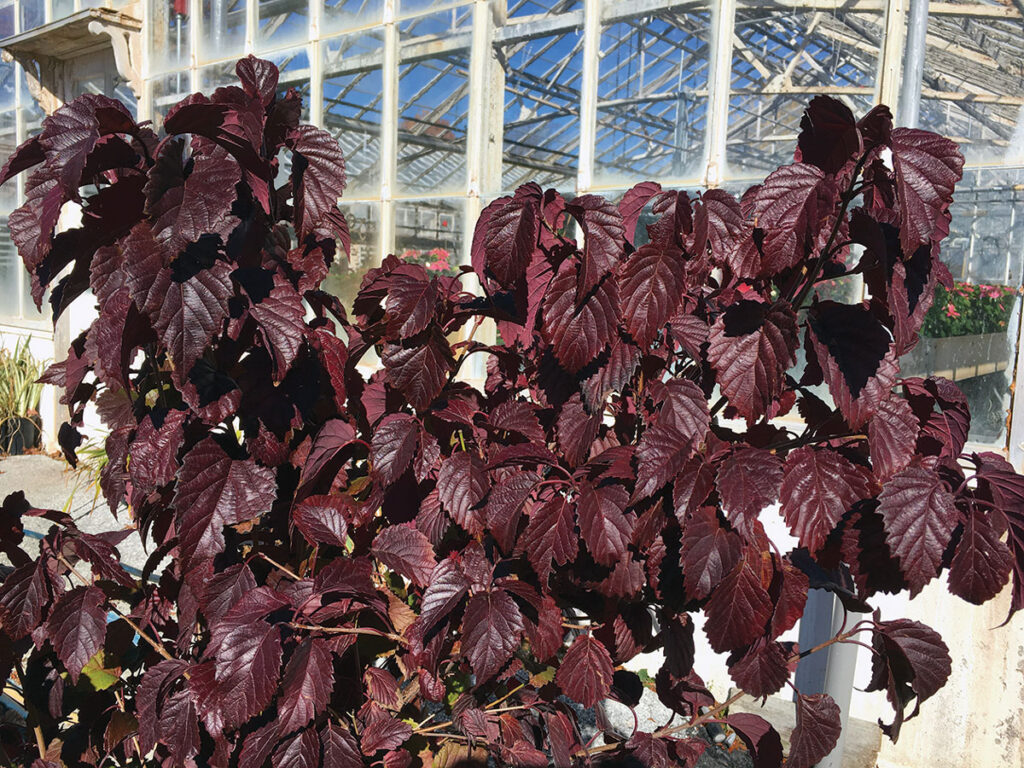
Native Stars
Currently, there are six NativeStar® plants in the American Beauties Native Plants® program, a national effort to promote native plant use. These plants are Myrica gale ‘Lowboy,’ a male, low-growing, dense version of the sweet-gale plant; Comptonia peregrina ‘Blue Sea,’ a cultivar of sweetfern with blue-green foliage; two cultivars of Corylus americana ‘Braveheart’ and ‘Little Filly’ hazelnut plants; Viburnum dentatum ‘Plum Pudding,’ a cultivar of arrowwood viburnum with burgundy fall foliage; and Viburnum cassinoides ‘Raisinette,’ a compact cultivar of witherod viburnum. There are five other potential NativeStar® plants currently in grower evaluation trials.
The first NativeStar’s plant on the market, ‘Lowboy,’ will be hitting nurseries this fall. Others will likely be ready in fall 2022 and 2023.
By trademarking their new native plants, nurseries, and buyers can feel confident in the products carrying the NativeStar® label.
“People will look for the NativeStar® name,” Brand says. “They know if they go with a plant with the NativeStar® name, they’ll generally have success.”
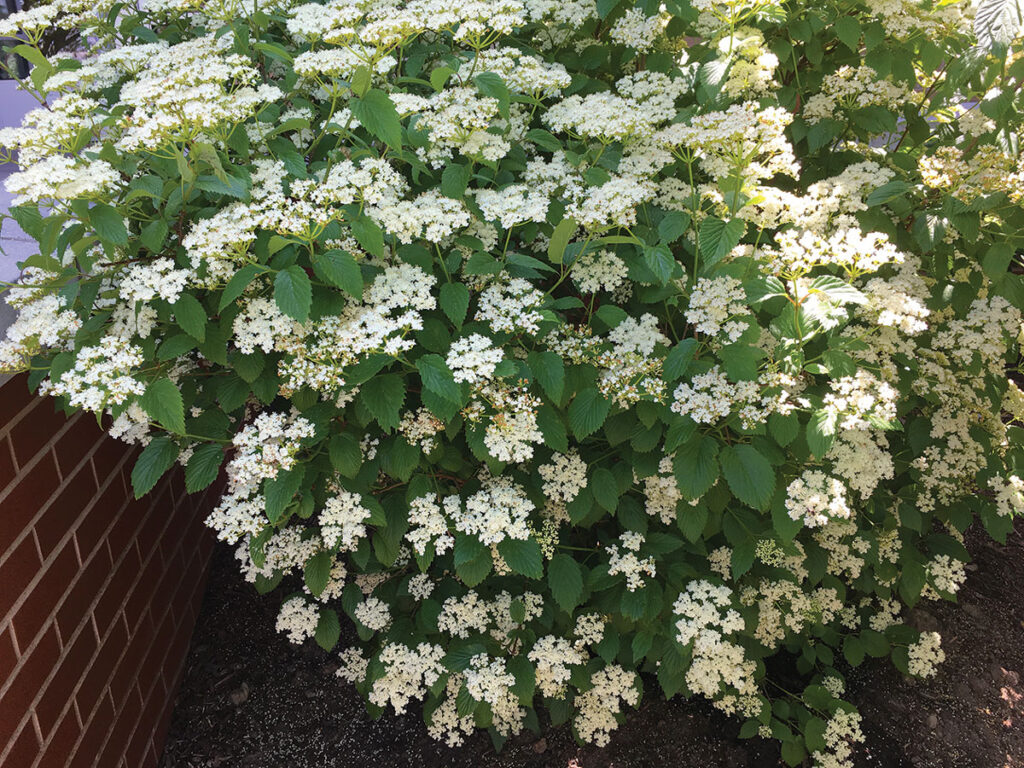
Availabilty
Right now the Myrica gale is available from Prides Corner Farms (PCF) in Connecticut (a wholesale grower) and the Viburnum dentatum ‘Plum Pudding’ should be available in 2022. Others will be coming out through PCF once they get production going. You can search for garden centers that carry American Beauties on the PCF website at pridescorner.com
Retailers of American Beauties include Broken Arrow Nursery, Natureworks and White Flower Farm.
Previously published in UConn Today at s.uconn.edu/natives
Reprinted with permission.
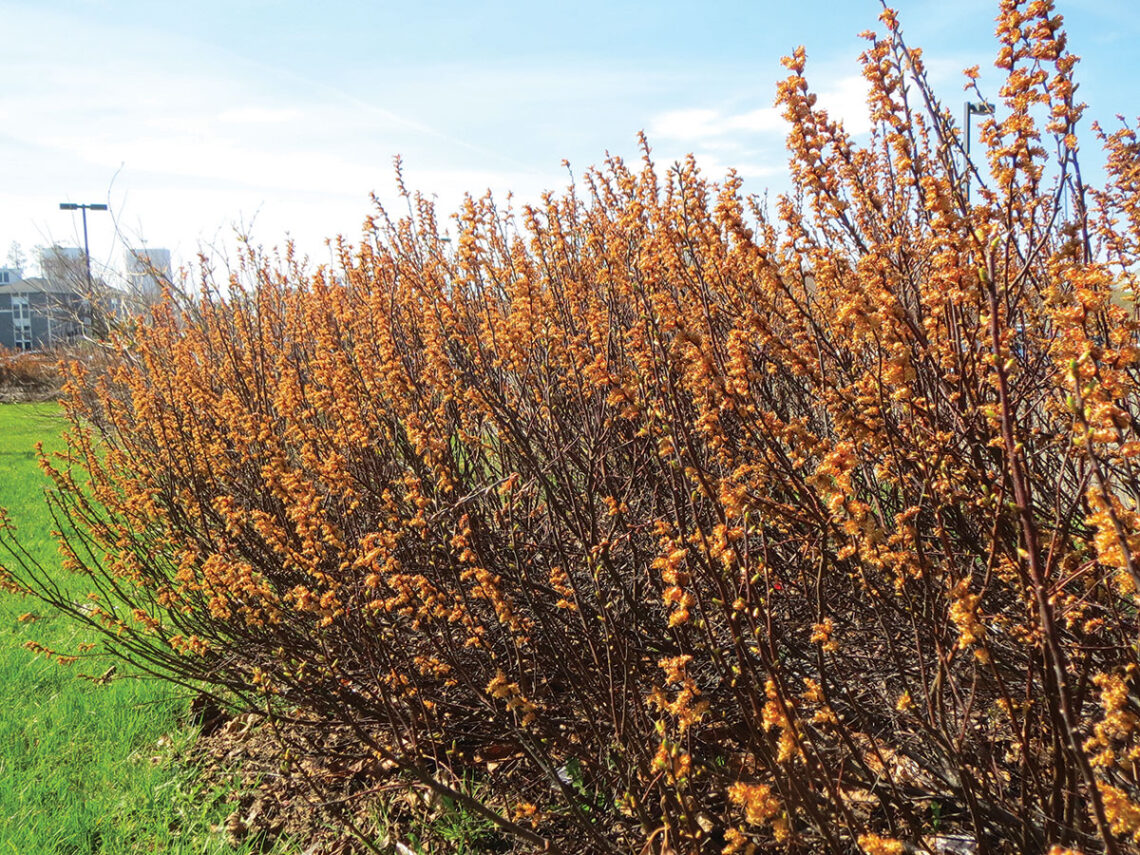


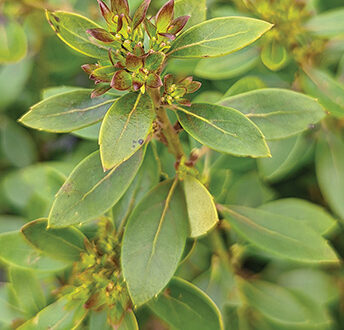
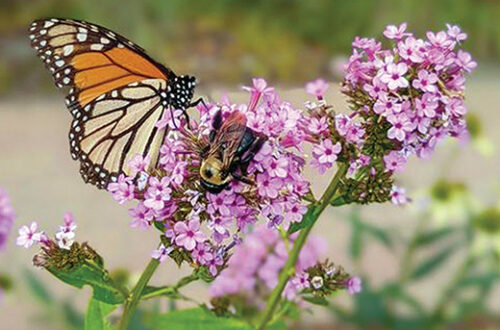
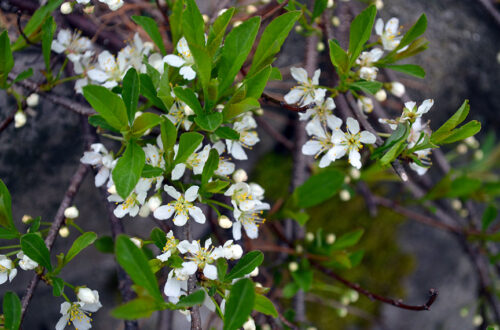
One Comment
Ken Koellner
The Native Star program is misguided. Cultivars have many disadvantages over straight species. Two of the disadvantages, lower nutrition (pollen, nectar) and flower morphology not compatible with pollinators may be less in these cultivar than in most horticulture cultivar. But the biggest disadvantage of cultivars is what defines these Native Star cultivars. The big issue is genetic diversity. When plants are produced vegetatively, they are clones with all the same genes. Plants of the same species can still have a great genetic diversity. That’s healthy for the plant and the environment.
The best thing would be to completely abandon the goal of producing plants vegetative. Instead develop procedure for efficiently produced native species from seed. Then population those procedures for nurseries so they can produce genetically diverse straight species from seed.